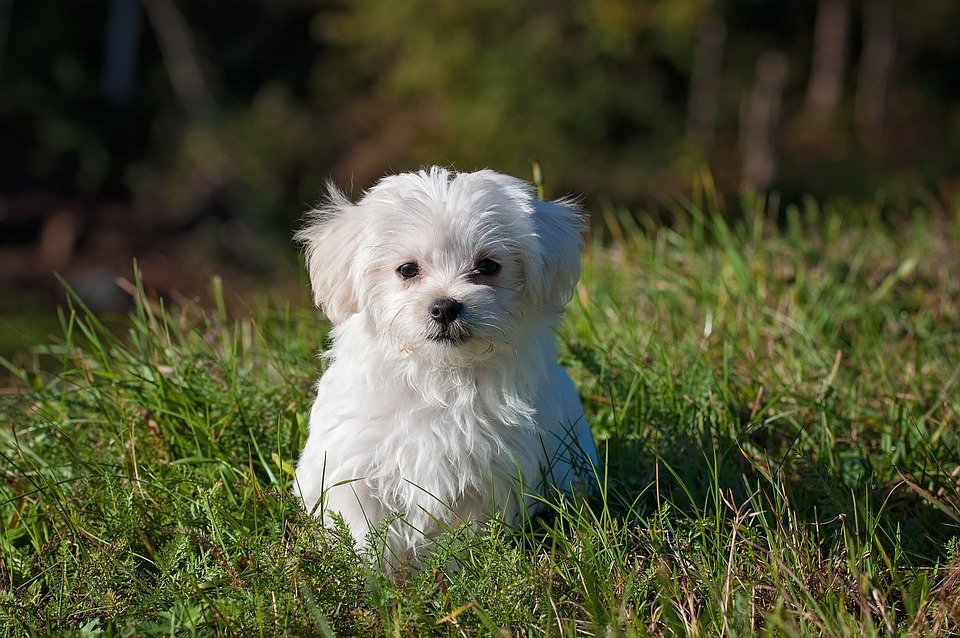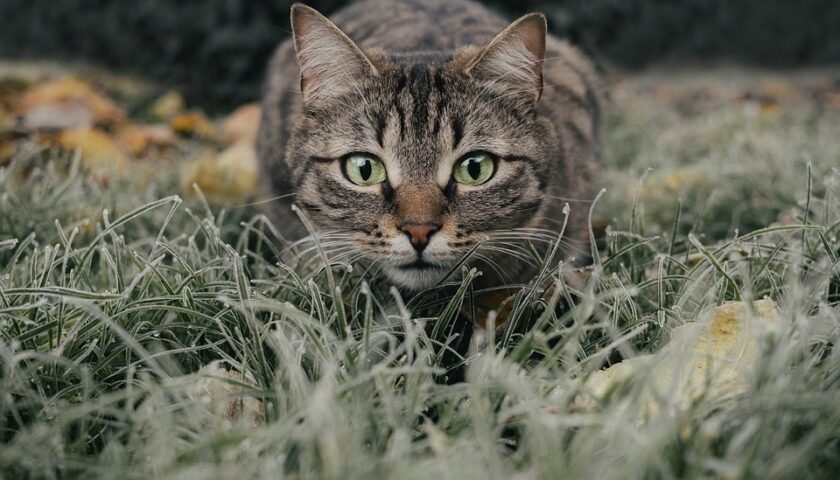[ad_1]
When it comes to grooming our pets, there is no denying that using a good brush is an essential tool. Not only does it keep their fur looking healthy and shiny, but it also promotes a clean and tidy appearance. While it is always recommended to take your pet to a professional groomer for a thorough grooming session, there are some simple techniques you can master at home to keep your furry friend looking his best in between visits.
1. Choose the right brush:
The first step in mastering the brush is selecting the right type of brush for your pet. Different breeds and coat types require different brushes. For example, slicker brushes work well for removing tangles and mats in long-haired cats and dogs, while bristle brushes are ideal for short-haired breeds. Do some research to determine which brush will work best for your furry companion.
2. Start with a clean canvas:
Before you begin brushing, ensure that your pet’s fur is clean and dry. This will make the grooming process easier and more effective. Brushing dirty or wet fur can lead to more tangles and mats.
3. Establish a grooming routine:
Consistency is key when it comes to grooming your pet at home. By establishing a regular grooming routine, your pet will become more familiar and comfortable with the process over time. Start with short sessions and gradually increase the time as your pet becomes more accustomed to being groomed.
4. Brush in the direction of hair growth:
While brushing your pet, always remember to brush in the direction of hair growth. This will help remove loose hair, debris, and tangles more effectively. Avoid brushing against the direction of hair growth, as it may cause discomfort and unnecessary stress for your pet.
5. Be gentle and patient:
Grooming should be a pleasant experience for your pet, so it’s essential to be gentle and patient throughout the process. Avoid pulling or tugging on tangles and mats, as this can be painful for your furry friend. Instead, use a de-tangling spray or conditioner to help loosen knots before gently combing them out.
6. Pay attention to sensitive areas:
Some areas of your pet’s body may be more sensitive than others. Pay close attention to these areas and be extra careful when brushing them. The stomach, ears, and tail base are common areas where pets tend to be more sensitive. Use shorter strokes and minimal pressure in these areas to avoid causing discomfort.
7. Take breaks when needed:
If you have a particularly fidgety pet or if your grooming sessions are taking longer than usual, don’t hesitate to take short breaks. This allows both you and your pet to regroup and relax before continuing. Breaking up the session into smaller parts can make the grooming process more manageable and enjoyable for both parties.
Remember, grooming is not only about maintaining your pet’s appearance but also about bonding and providing essential care. Regular grooming sessions not only keep your pet’s coat in top condition but also help you identify any potential health issues, such as skin irritations or fleas. By mastering the brush and following these easy techniques, you can ensure your pet always looks and feels their best.
[ad_2]




